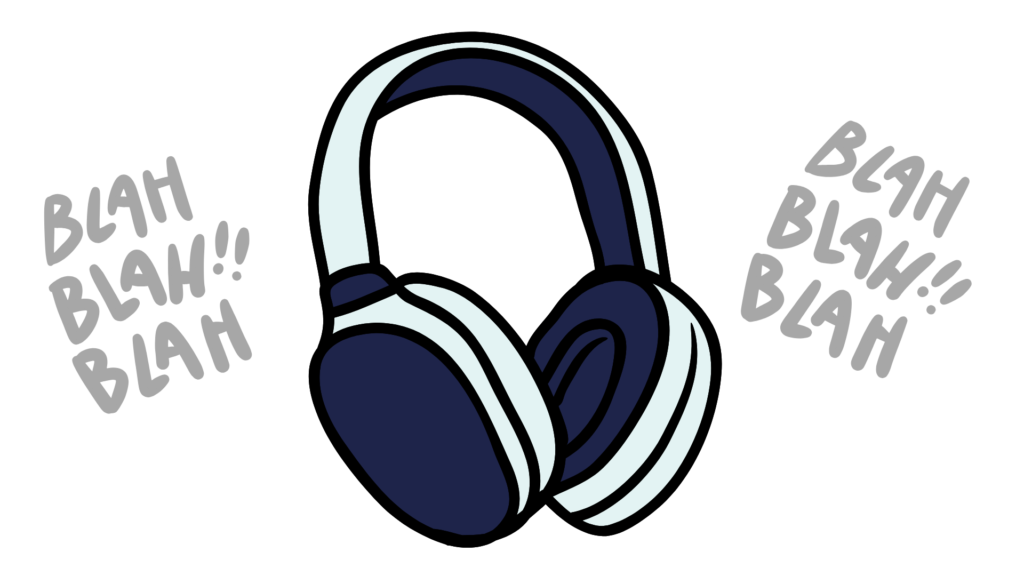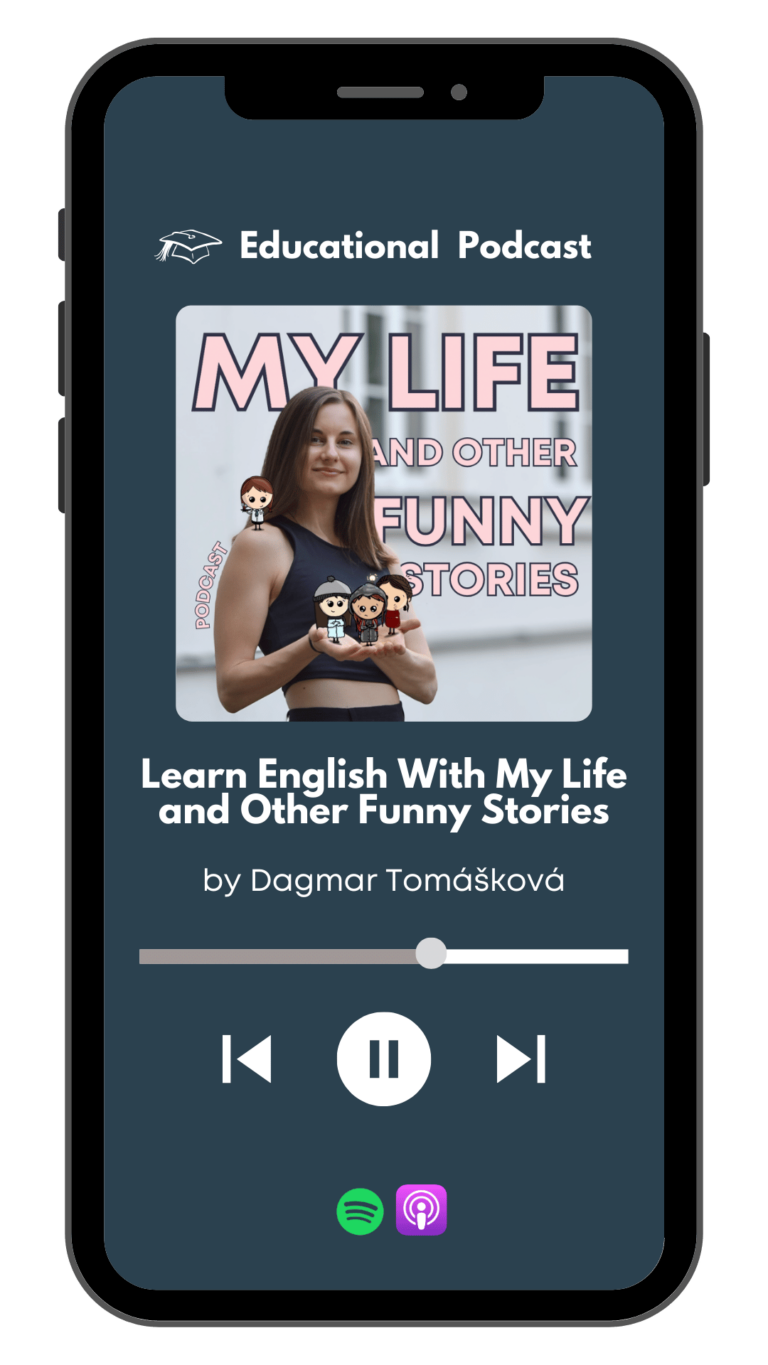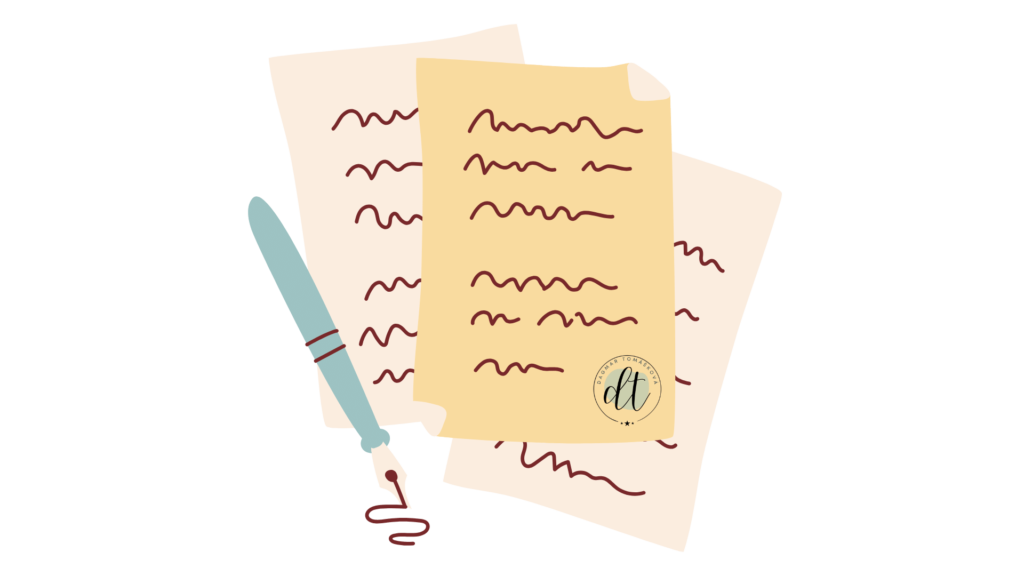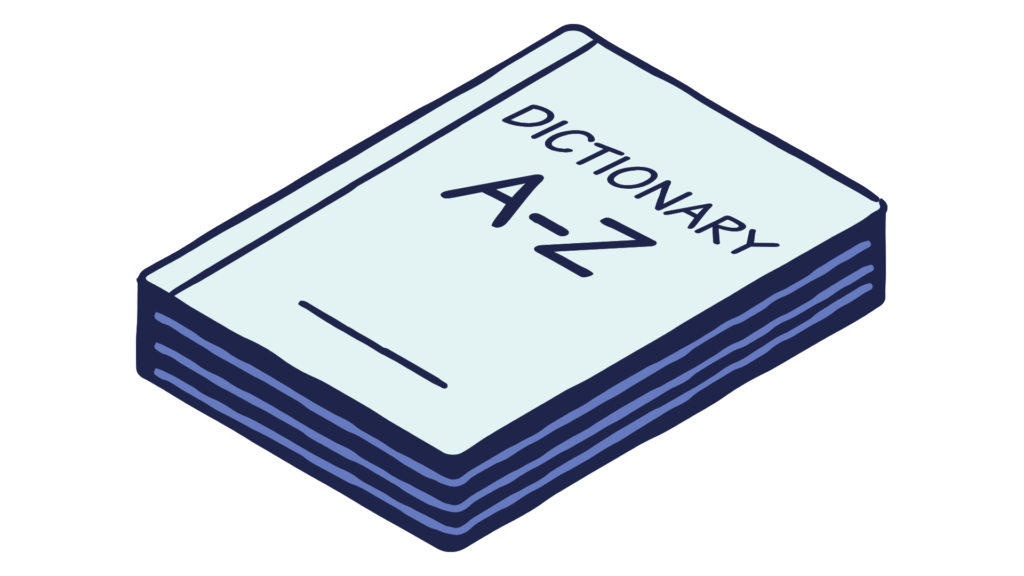
Ep.94: Crazy Period of American History! (1920s and 1930s) – From Alcohol, Jazz and Dance to Dust
Today I want to take you back to a really interesting time in American history. Because I love talking about my stories, but I love talking about American history even more! What period will we talk about? The 1920s! …which are often called The Roaring Twenties, and then we’ll talk about what happened next: the Wall Street crash in 1929, followed by the Great Depression in the 1930s. That period had a massive impact not just on the United States but also on the rest of the world. And yes, it also played a part in creating the conditions that led to the Second World War. So let’s just go for a little time-travel walk together.

LISTEN TO THE EPISODE HERE:

Pokud chceš tento podcast a mou tvorbu podpořit, teď můžeš tady!

WRITTEN TRANSCRIPTION OF THE PODCAST
Hello and welcome to my podcast My Life and Other Funny Stories. My name is Dagmar Tomášková, I am an English tutor and coach and I created this podcast for English students who want to improve their oral comprehension. As always, you can find the transcription of this episode and vocabulary list in the notes of the podcast.
Last week, we had a little more of a personal episode, so today, we change the gears. A gear is the thing in a car where you change the number 1,2,3,4,5 or reverse. And change the gears means to change the dynamic or the topic. Today I want to take you back to a really interesting time in American history. Because I love talking about my stories, but I love talking about American history even more! What period will we talk about? The 1920s! …which are often called The Roaring Twenties, and then we’ll talk about what happened next: the Wall Street crash in 1929, followed by the Great Depression in the 1930s. That period had a massive impact not just on the United States but also on the rest of the world. And yes, it also played a part in creating the conditions that led to the Second World War. So let’s just go for a little time-travel walk together.
First, what does Roaring Twenties even mean? Why do we call it that? The word road has more meaning. For example it is the sound that lion makes. But roaring here doesn’t have anything to do with lions. It means something like wild, full of life, fast, loud, and just very energetic. Imagine a party that never stops, music always playing, people dancing, spending money, breaking rules, and celebrating being alive. That’s the vibe of the twenties, at least in big American cities.
After the First World War ended in 1918, people wanted to move on and live their lives. For many Americans, it was finally possible to enjoy things. There were new inventions, more jobs, better salaries, and a strong belief that things would only get better. People bought radios, washing machines, even cars. For the first time, many middle-class families had electricity at home. They could listen to jazz music, which became hugely popular. Jazz came from African-American communities, and it brought something completely new …. You didn’t need to be rich to hear it. You just needed a radio or a club nearby. Do you like jazz? To be honest, I don’t. I don’t know why, I just don’t like the sound of a saxophone and it makes me mad when I hear it. Am I weird?
Anyway, now, here’s something that sounds strange to us today, especially for us Czechs. In 1920, the United States made alcohol illegal. It was called Prohibition. You couldn’t buy it, sell it, or make it. The idea behind this was that alcohol was destroying families and society. It was connected with crime and poverty. So the government thought banning it would solve a lot of problems. But as you can probably guess, it didn’t. It did the complete opposite, I would say.
What actually happened was that alcohol moved to the black market. That means people were still drinking, just not legally. Hidden bars called speakeasies popped up all over the country. You had to know a password to get in. People drank homemade alcohol, sometimes very dangerous, and gangsters like Al Capone made millions by selling it secretly. Organised crime grew fast, and violence between gangs became a daily reality in cities like Chicago.
At the same time, women were changing too. There was this type of young woman called a flapper. It’s kind of a funny word. A flapper didn’t follow the old rules. She wore short dresses, often with glitter or fringe. She cut her hair into a bob … that’s a straight haircut just under the ears and wore dark lipstick. She went to parties, danced the Charleston, smoked, and drank in public. And she didn’t care what people thought. It was a symbol of independence and fun. Of course, not everyone was happy about this change. Many people thought it was shocking. But it definitely made a mark on the culture.
Underneath all this energy, the economy was going strong. That means businesses were making money, people were buying things, and many Americans believed they were heading towards a bright future. One big part of this boom was the stock market. That’s a place where you can invest in companies by buying a small piece of them, called a share. If the company grows, your share becomes more valuable, and you can sell it for a profit. A lot of people who had never invested before started putting their money into the stock market, hoping to get rich quickly.
But there was a problem. People were borrowing money to buy these shares, which is called buying on margin. It’s like taking a loan to make a bet. Everyone thought the prices would just keep going up, so they took bigger and bigger risks. And when the prices stopped rising, panic started.
In October 1929, the stock market collapsed. This is known as the Wall Street Crash. Suddenly, share prices dropped. People rushed to sell everything. But no one wanted to buy. Within days, people had lost all their savings. Banks that had invested people’s money failed. Businesses closed. Jobs disappeared. And it didn’t influence only the rich people on Wall Street. Ordinary people lost everything too.
That was the beginning of the Great Depression. This was not just a small economic problem. It lasted for years, and it changed millions of lives.
People lost their jobs, their homes, and sometimes even their families. Families moved into tents or wooden shacks. Children had to stop going to school and help earn money or take care of younger siblings. Many people waited for hours in lines to get free soup or bread. This was called a breadline. In the countryside, things were just as bad. Farmers couldn’t sell their crops. Some had to throw away milk or burn food because they couldn’t afford to transport it. Others watched their land turn to dust during terrible droughts, especially in an area that became known as the Dust Bowl. It was like watching everything you built just disappear.
It had a huge emotional impact as well, unsurprisingly. People felt ashamed. They felt like failures, even though it wasn’t their fault. There was a sense of deep hopelessness. And this wasn’t only happening in America. The crisis spread across the world. Countries that depended on the American economy also collapsed. Factories in Europe closed. Unemployment exploded. And one country that was hit especially hard was Germany.
Germany was already struggling after World War I. The economy there had been unstable for years, and the government had borrowed huge amounts of money. When the American banks failed, they stopped lending to Germany, and everything fell apart. Unemployment rose. Inflation got worse. People were desperate. And that created a perfect opportunity for someone to come in, promise strong leadership, and blame others for their problems. That someone, of course, was Adolf Hitler. Maybe you have heard of him. Not a very nice guy.
So yes, in a way, the roaring energy of the 1920s and the crash that followed helped create the conditions for another world war. It wasn’t the only cause, but it played a role.
But just to end on a more hopeful note, these periods also showed something amazing about people. Even in the worst situations, people found ways to survive, to help each other, to be creative. New ideas were born out of necessity. New kinds of music, literature, films. I recommend watching Charlie Chaplin’s film called Modern Times because it is maybe the only movie which was not only made during The Great Depression but deals with this subject as well. It shows, in a humorous way, how difficult it was to live in the US during the 1930s. I have seen it many times. Of course, it is mute and black and white but in my opinion, it is a very interesting and culturally important film. And after the Depression, the United States slowly started to rebuild, with new laws and protections to make sure something like this wouldn’t happen again.
So, that’s it for today.If you’d like more episodes like this, about history and culture, just let me know.
If you want to support this podcast financially, I have created a “buy me a coffee account” where you can contribute as much or as little as you want. These episodes and transcripts are and will be for free, don’t worry, but if you want to support me a little extra, now you can. You can find the link in the notes of the episode.
Thank you for listening! If you liked this episode, please leave a five-star rating and share it with your friends. Don’t forget, you can find the transcript and vocabulary list in the notes of the podcast. See you next time. Bye bye

VOCABULARY LIST
to change the gears – změnit tempo / téma (doslova: přeřadit rychlost)
massive impact – obrovský dopad
to lead to – vést k
to move on – posunout se dál
middle-class – střední třída
black market – černý trh
speakeasy – tajný bar v době prohibice
homemade – domácí výroby
organised crime – organizovaný zločin
fringe – třásně (ozdoba na šatech)
bob (haircut) – mikádo
symbol of independence – symbol nezávislosti
make a mark on – zanechat stopu (v kultuře, dějinách)
going strong – dařit se, prosperovat
to invest – investovat
share (in a company) – akcie, podíl ve firmě
profit – zisk
buying on margin – nákup na úvěr (pákový efekt na burze)
to take a loan – vzít si půjčku
stock market collapse – pád burzy
Wall Street – Wall Street (finanční čtvrť v New Yorku, synonymum pro americkou burzu)
to rush – spěchat, hnát se
to fail – selhat, zkrachovat (v kontextu banky)
ordinary people – obyčejní lidé
The Great Depression – Velká hospodářská krize
wooden shack – dřevěná bouda / chatrč
breadline – fronta na jídlo (např. polévku, chleba zdarma)
to afford – dovolit si
drought – sucho
The Dust Bowl – prašná mísa (oblast na středozápadě USA zasažená suchy a větrnými bouřemi)
hopelessness – beznaděj
inflation – inflace
desperate – zoufalý
to blame others – vinit ostatní
a perfect opportunity – ideální příležitost
make a comeback – dostat se zpět na nohy
out of necessity – z nutnosti
mute (film) – němý (film bez zvuku)
black and white – černobílý
culturally important – kulturně významný
to contribute – přispět (finančně, časem apod.)